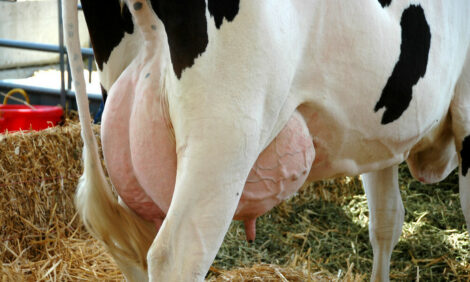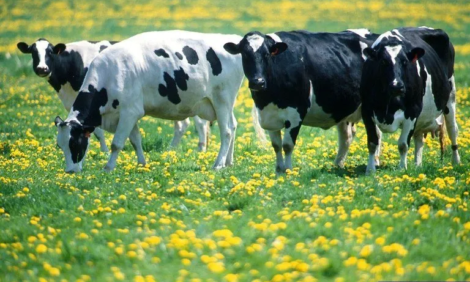



Study reveals that market-ready beef cattle maintain meat quality on low-input diets for as long as 60 days
Perhaps there’s more flexibility in feeding strategies than previously thoughtA new study led by the Virginia Tech’s College of Agriculture and Life Sciences reveals that market-ready steers can maintain meat quality and yield even when fed lower-cost, low-input maintenance diets for longer periods than previously understood.
"Our study suggests that there’s more flexibility in feeding strategies than previously thought," said David Gerrard, director of the School of Animal Sciences.
The finding is especially useful to cattle producers and feedlot operators during times of market unpredictability and processing slowdowns such as those experienced during the COVID-19 pandemic.
During the early stages of the pandemic, social distancing measures and lockdowns led many meat processors to shut down or scale back operations. As a result, many beef producers and feedlots had to retain cattle for long periods of time under uncertain market conditions and risk financial loss.
The study, led by Virginia Tech’s School of Animal Sciences in collaboration with colleagues at the University of São Paulo in Brazil, sought to determine whether finished steers could retain their ability to produce high-quality beef when transitioned and held on less-expensive maintenance diets while markets improved.
The research focused on 16 finished commercial Angus-crossbred steers, each weighing approximately 590 kilograms, or about 1,300 pounds. Once market ready, these steers were placed on one of two maintenance rations consisting of predominately forage or grain diets for 60 days. At the end of this holding period, cattle were harvested and the quality of the beef was assessed using American Meat Science Association standards for color, weight, yield, maturity, and marbling.
The study, published this month in the journal Translational Animal Science, found no significant differences in meat quality between the two diet groups.
"Our data show that beef quality is rather resilient," said Professor David Gerrard, the lead author and director of the School of Animal Sciences. "Despite huge dietary changes, the intrinsic qualities of the meat — like its color and texture — remained unaffected. This suggests there’s more flexibility in feeding strategies than previously thought. Producers can use this knowledge to better plan and manage marketing decisions without jeopardizing losses in meat quality."
Consumers tend to favor beef quality grades — such as prime and choice — along with the visual cues of color and marbling in their purchasing decisions. The study substantiates that even with altered feeding practices, these quality indicators can be retained for an extended period of time.


